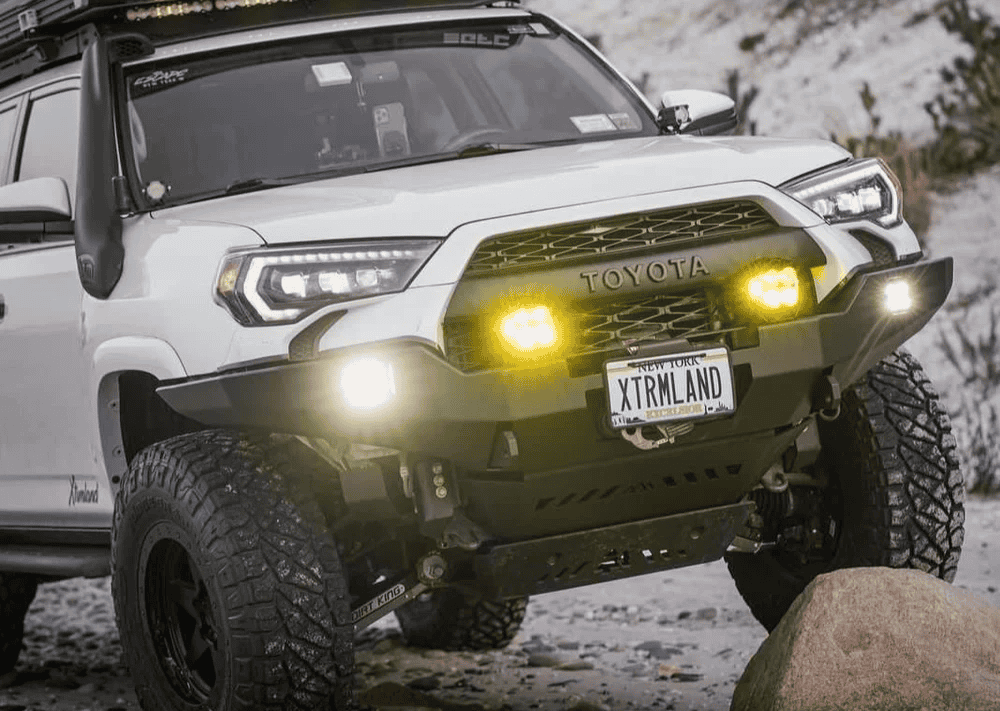Overland Vehicles

A vent fan install is about comfort and control. Moving hot air out keeps cabin temps stable, cuts humidity, and pushes cooking fumes outside. In cooler seasons, steady airflow helps dry wet gear and prevents condensation from soaking insulation or dripping off metal framing.
Airflow is more than raw power. Static pressure from bug screens and duct paths affects how air moves through the cabin. Aim for a balanced system where one opening exhausts while another supplies fresh air. Crossflow improves efficiency and reduces fan effort, which lowers noise and extends motor life.
Think of the cabin as a pressure vessel. A single roof fan can exhaust stale air, but without a makeup air path, the fan strains and the result is weak throughput. Crack a window opposite the fan or add a floor level intake to create a gentle draw that carries heat and moisture away from where people cook and sleep.
Placement comes first. Hot air rises, so the rear or center roof often works best for sleeping areas. For a galley forward layout, a fan toward the cooktop pulls steam and odors outside. Tall rigs benefit from a central location that reaches the whole cabin.
Structure matters. Many modern roofs use stamped ribs and thin gauge steel or aluminum. Reinforce the opening with a wood or composite frame to spread clamping force and keep the fan flange flat. This frame also sets the correct roof thickness for the fan collar so gaskets seal evenly.
Electrical planning prevents headaches later. Most roof fans draw modest current, but startup spikes and high speed modes can push the circuit. Wire directly to the house battery bank through a fused 12 volt feed sized for the run length and total draw. Use marine grade wire, crimped and heat shrunk connections, and a dedicated switch or controller location that is easy to reach from bed.
Mark the cutout from the roof and confirm clearance underneath for wiring and the interior trim. Pilot drill the corners, then use a fine tooth blade to follow the line. Deburr, clean, and prime bare metal to prevent corrosion. Dry fit the fan to confirm a neutral, stress free seat.
Sealing is a system, not just a bead around the edge. Lay butyl tape under the flange so it compresses and fills irregularities. Set the fan, torque the fasteners in a star pattern, and watch for even squeeze out. Finish with a compatible lap sealant that stays flexible as the roof expands and contracts. Avoid mixing products that do not adhere to each other.
Wiring runs should be protected inside loom and secured away from moving parts. Fuse the circuit close to the power source. If you plan to add a second fan later, size the wiring and fuse block today so you do not have to reopen finished panels. Label both ends of every wire so future service is simple.
Maintenance keeps performance high. Clean bug screens and wipe blades to remove dust buildup that robs airflow. Inspect the exterior seal twice a year for cracks or UV chalking. Touch up the lap sealant before water finds a path. In cold climates, check for frost patterns around the fan in the morning, a sign you may need more intake air or to adjust insulation around the opening.
Within an integrated build plan, the vent fan install ties into insulation, window placement, and power system sizing. Treat it as part of the core climate strategy, not an afterthought, and it will quietly do its job for years.
At this point, if you want a professional path to reliable airflow, planning and installation by a team that designs full interiors around ventilation pays off. See how we build travel ready rigs on the explore overland rigs page, and when you are mapping upgrades, our custom overland upfit process brings ventilation, power, and structure together. New to our shop. Learn more at why choose OZK Customs.
A quiet vent fan that moves air, stays watertight, and integrates with your electrical system changes how your cabin feels day and night. Pair it with thoughtful intake points, appropriate insulation, and a power plan that supports overnight use. When these pieces align, you get faster cooldowns after hot hikes, dry bedding in damp weather, and a fresher interior on every mile.
We build complete adventure vans and overland rigs, and that perspective guides every vent fan install. Framing stays square, sealants match the roof substrate, wiring is sized for the long run, and testing happens before handoff. Tell us how you travel and we will translate that into ventilation you can trust in crosswinds, dust, and summer heat.
Form at the bottom: Ready for quieter airflow and a leak free vent fan install that is designed around your build plan. Tell us how you travel, and OZK Customs will design and install ventilation, power, and insulation that work together from day one. Submit the form to schedule your consult.
Ready for quieter airflow and a leak free vent fan install that is designed around your build plan. Tell us how you travel, and OZK Customs will design and install ventilation, power, and insulation that work together from day one. Submit the form to schedule your consult.
ADDRESS:
6159 E Huntsville Rd, Fayetteville, AR 72701
PHONE:
(479) 326-9200
EMAIL:
info@ozkvans.com